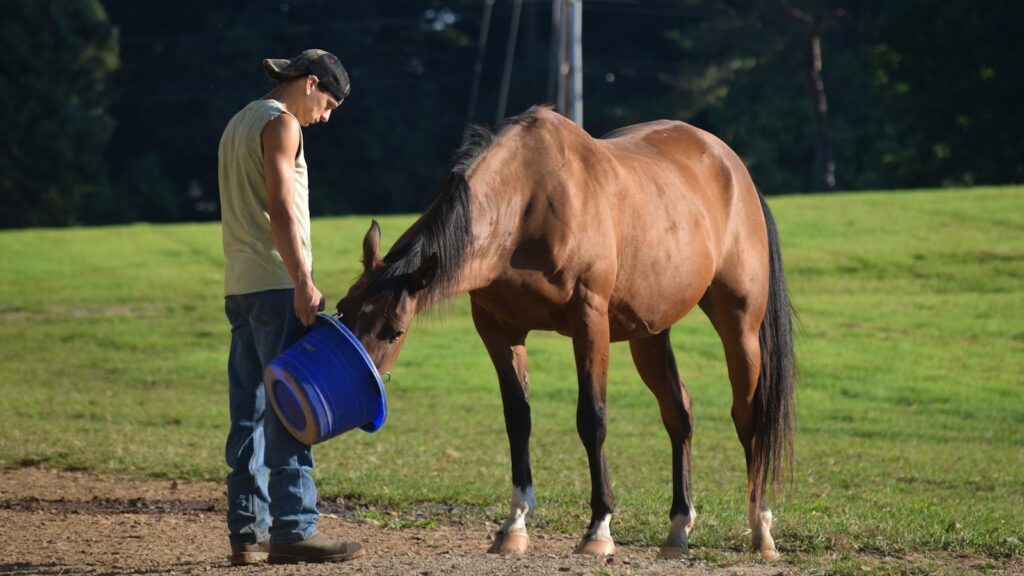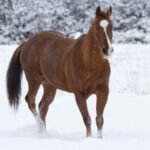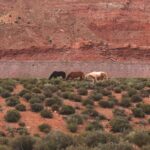Horses are majestic creatures with complex digestive systems that have evolved to process small, frequent meals throughout the day. Establishing proper feeding routines is essential for maintaining your horse’s health, preventing digestive issues, and ensuring overall well-being. Unfortunately, many horse owners unintentionally make feeding mistakes that can lead to serious health consequences. This comprehensive guide explores common feeding routine errors and provides practical solutions to help you optimize your equine companion’s nutrition plan.
Inconsistent Feeding Times
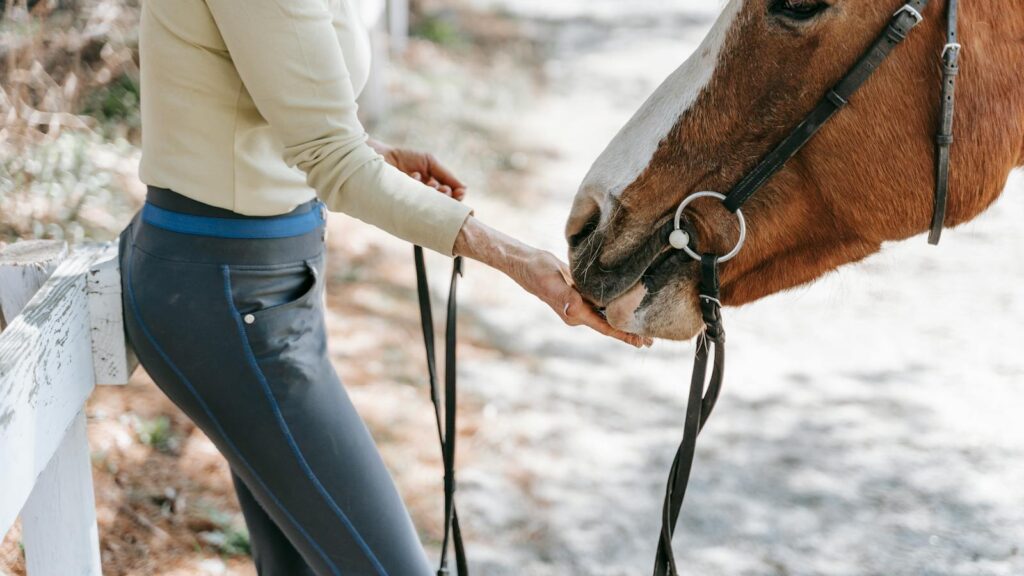
Horses thrive on consistency, and their digestive systems are designed to process food continuously throughout the day. When feeding times vary wildly from day to day, it can disrupt your horse’s digestive rhythm and potentially lead to issues like colic or ulcers. The equine stomach continuously produces acid, and without regular food intake to buffer this acid, the stomach lining becomes vulnerable to damage. Aim to feed your horse at the same times every day, ideally splitting feedings into at least two daily sessions, approximately 12 hours apart. If you need to make changes to the feeding schedule, implement them gradually over several days to allow your horse’s system to adjust comfortably.
Overfeeding Concentrates

One of the most common feeding mistakes is providing too much grain or concentrate feed relative to forage. Horses evolved as grazing animals designed to consume high-fiber, low-starch foods throughout the day. Excessive grain feeding can lead to serious health problems including colic, laminitis, and obesity due to the sudden influx of starches and sugars. Instead, base your horse’s diet primarily on quality forage (hay or pasture), which should constitute at least 1.5-2% of their body weight daily. Reserve concentrates for horses with higher energy requirements, such as those in intense work, and always divide large grain meals into smaller, more frequent feedings to reduce the glycemic impact.
Inadequate Water Access
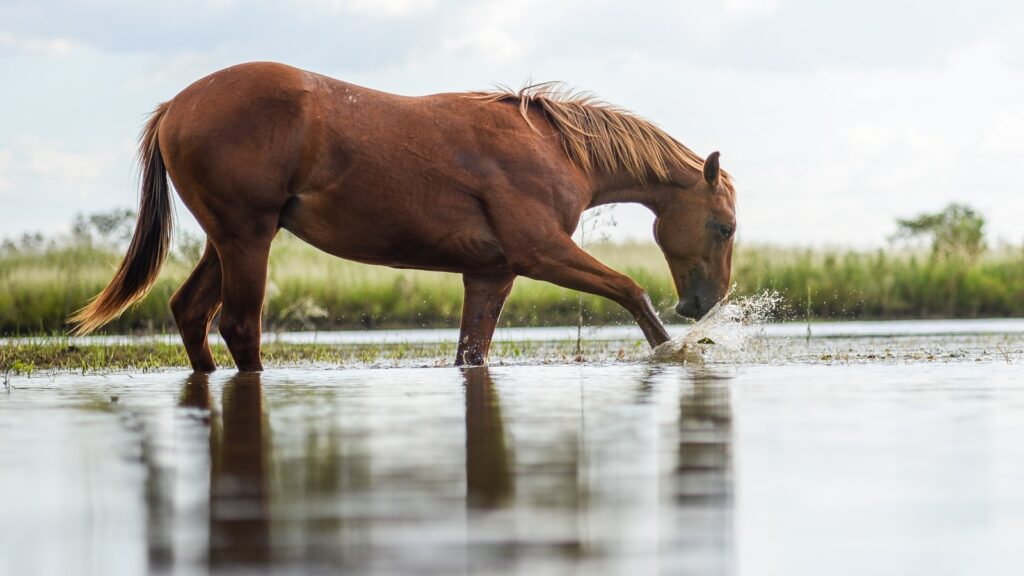
Water is arguably the most critical nutrient for horses, yet its importance in feeding routines is often overlooked. Insufficient water intake can lead to impaction colic, decreased feed consumption, and poor overall health. The average horse requires 5-10 gallons of clean, fresh water daily, with requirements increasing during hot weather or heavy work. Always ensure your horse has continuous access to clean water, and check water sources at least twice daily to confirm they haven’t frozen in winter or become contaminated. Remember that cold water in winter may decrease consumption, so consider offering slightly warmed water to encourage adequate hydration during colder months.
Abrupt Feed Changes
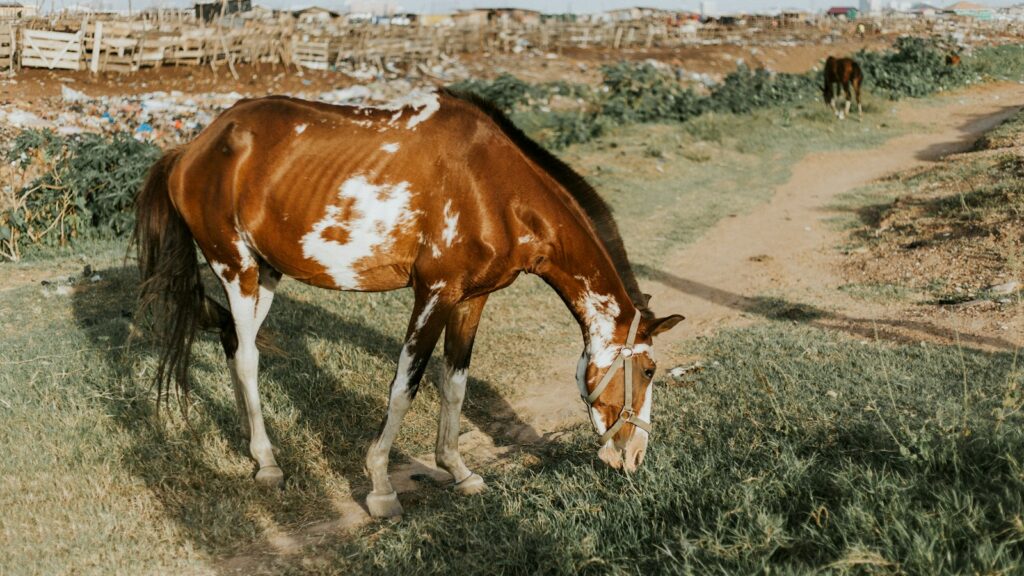
The equine digestive system relies on specific microorganisms to break down feed, and these microbial populations are specialized for particular food types. Introducing new feeds or changing feed types suddenly can disrupt these microbial populations, potentially causing digestive upset, colic, or laminitis. When introducing any new feed—whether it’s a different hay, a new grain formula, or even a new pasture—make the transition gradually over 7-14 days. Start by replacing about 25% of the old feed with the new option, then gradually increase the proportion every few days until the transition is complete. This slow approach gives the digestive microbiome time to adjust to the new nutrients.
Ignoring Individual Needs

Each horse is unique, with specific nutritional requirements based on age, weight, activity level, metabolism, and health status. Feeding all horses in a barn the same ration is a dangerous oversimplification that can lead to undernourishment in some and obesity in others. A senior horse with dental issues requires different nutrition than a young performance horse, while an easy keeper needs a different approach than a hard keeper. Take time to assess your horse’s individual needs by considering their body condition score, energy requirements, health concerns, and workload. Consult with an equine nutritionist to develop a customized feeding plan, and regularly reassess as your horse’s circumstances change throughout the year.
Insufficient Forage
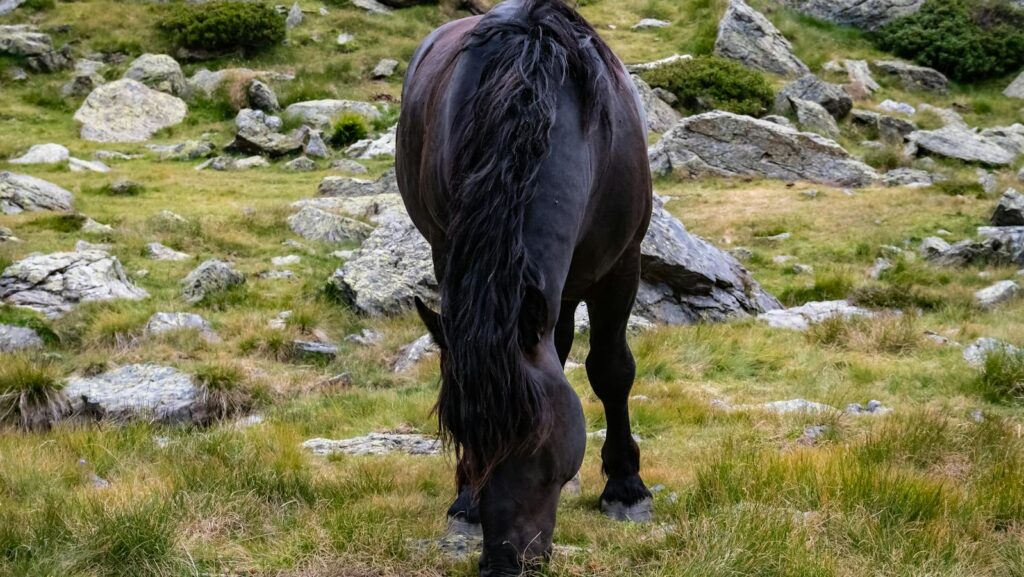
Limiting forage intake is detrimental to equine health, as horses are designed to spend 16-18 hours daily grazing. Without adequate forage, horses often develop behavioral issues like wood chewing, weaving, or cribbing as they attempt to satisfy their natural grazing instincts. Long periods without forage also increase ulcer risk due to continued acid production in an empty stomach. Aim to provide forage almost continuously throughout the day, using slow-feeders or multiple small meals if constant access isn’t possible. For horses requiring weight management, choose lower-calorie forages rather than restricting the amount, ensuring they still receive sufficient fiber to maintain proper digestive function and satisfy natural behaviors.
Poor Quality Hay
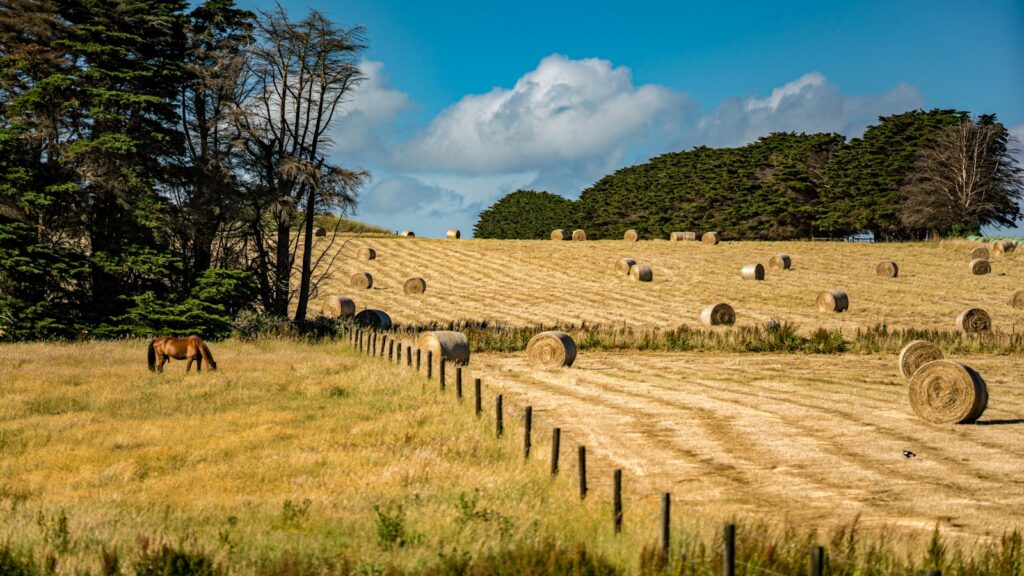
Not all hay is created equal, and feeding poor-quality forage can deprive your horse of essential nutrients while potentially introducing harmful molds, dust, or toxic plants. Quality hay should be bright in color (typically green), smell sweet and fresh, be free from visible mold or excessive dust, and contain appropriate stems-to-leaf ratios for the hay type. Have your hay analyzed to understand its nutritional content, including protein, energy, and mineral levels. This information allows you to balance the rest of your horse’s diet appropriately and supplement only what’s truly needed. Store hay properly in a dry, well-ventilated area to maintain its quality, and always discard moldy portions as they can cause respiratory issues and digestive upset.
Neglecting Dental Care
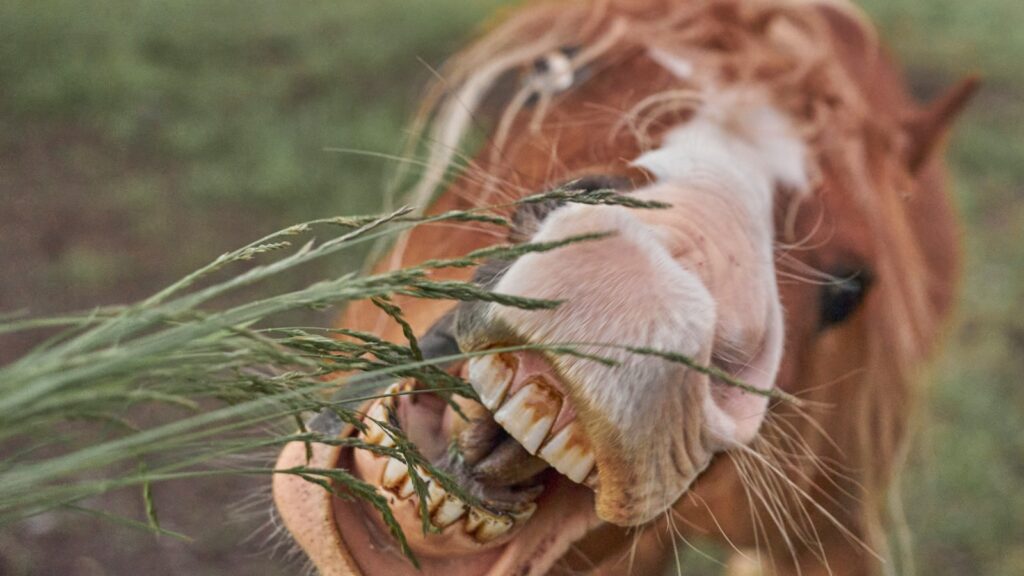
Even the most nutritionally balanced diet is worthless if your horse cannot properly chew their food. Dental problems prevent efficient grinding of feed, leading to reduced nutrient absorption and increased risk of choke or impaction colic. Signs of dental issues include dropping food while eating, weight loss despite adequate feeding, undigested food particles in manure, bad breath, or resistance to the bit. Schedule routine dental examinations with an equine veterinarian at least annually for adult horses and more frequently for young and senior horses. If dental issues are identified, adjust the feeding program accordingly—for instance, providing soaked feeds or chopped forage for horses with significant dental wear or missing teeth.
Improper Feeding Order
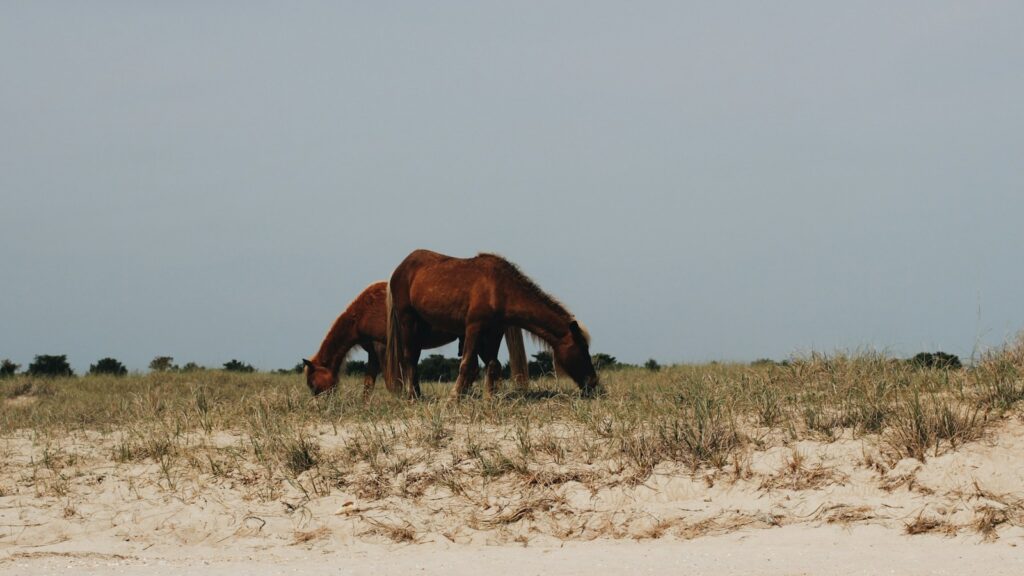
The sequence in which you provide different feed components matters significantly for digestive health. Offering grain first on an empty stomach allows starch to move rapidly through the digestive tract, potentially causing hindgut acidosis and associated problems. The ideal feeding order begins with a small amount of hay to stimulate saliva production and prime the digestive system. After this initial forage, concentrate feeds can be offered if needed, followed by additional hay or turnout to continuous forage. This approach ensures proper digestive buffer through saliva production and slows the passage of concentrates through the system, improving digestion and nutrient absorption while reducing colic risk.
Feeding Directly on the Ground

While eating from ground level aligns with natural grazing posture, feeding hay and grain directly on the ground introduces several problems. Horses can ingest sand or dirt with their feed, potentially leading to sand colic, intestinal irritation, or impaction. Ground-feeding also increases waste as horses trample feed or contaminate it with manure and urine. Additionally, parasite exposure increases when horses eat near areas contaminated with feces. Use appropriate feeders that minimize waste while still allowing a natural head position—hay nets, slow-feed hay bags, or rubber feed tubs for grain work well. Position feeders at an appropriate height that allows the horse to eat with their head slightly lowered, which facilitates natural chewing mechanics and saliva production.
Over-Supplementing
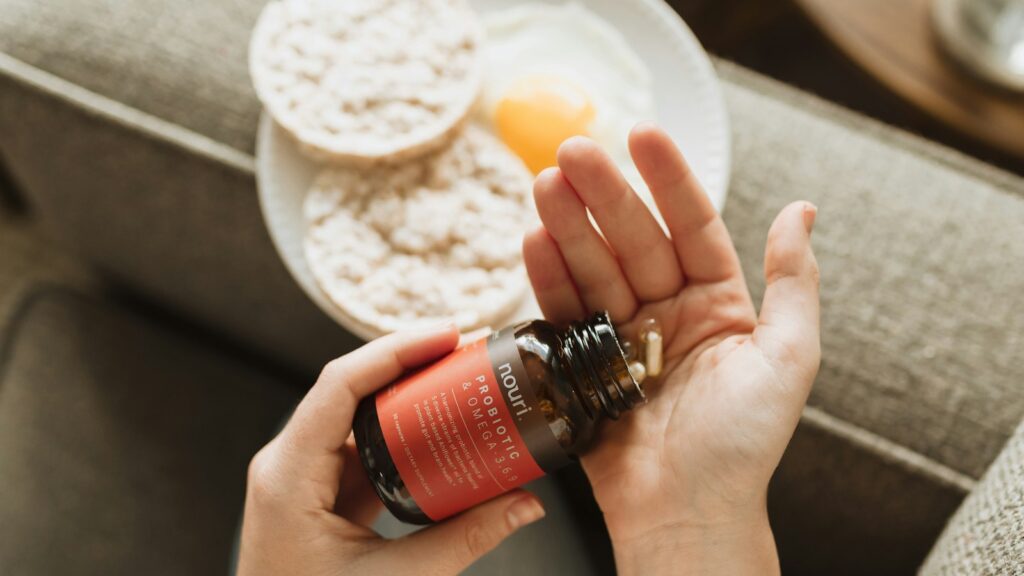
The supplement market for horses is enormous and often confusing, leading many owners to provide multiple, overlapping products unnecessarily. Over-supplementation not only wastes money but can create dangerous nutrient imbalances or toxicities, particularly with fat-soluble vitamins and certain minerals like selenium. Before adding any supplement to your horse’s diet, assess the complete nutritional profile of their existing feed program, including hay analysis results and commercial feed guarantees. Identify specific deficiencies or needs based on your horse’s condition, health issues, or performance requirements, and select targeted supplements accordingly. Remember that more is not better—precise supplementation addressing specific needs is the most effective approach, and always consult an equine nutritionist or veterinarian before establishing a complex supplementation program.
Ignoring Body Condition
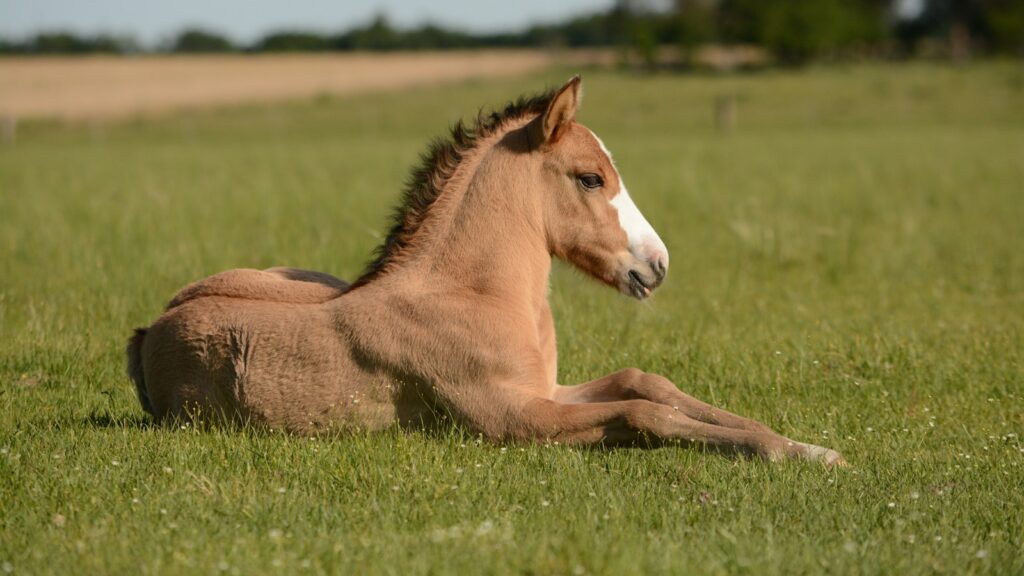
Regular body condition scoring is a critical yet often neglected aspect of equine feeding management. Without monitoring your horse’s weight and body condition, it’s impossible to know if your feeding program is providing appropriate calories. An overweight horse faces increased risks of metabolic disorders, laminitis, and joint problems, while an underweight horse may lack energy or suffer from compromised immune function. Learn to properly assess your horse’s body condition using the 1-9 Henneke scale, aiming for a score between 4-6 for most horses. Document your assessments with photos and written notes every 4-6 weeks, adjusting feed amounts accordingly. Remember that seasonal changes, work levels, and health status all influence caloric needs, requiring regular reassessment of the feeding program.
Feeding Before or After Intense Exercise

Timing meals around exercise sessions significantly impacts your horse’s comfort, performance, and health. Feeding large grain meals shortly before exercise can redirect blood flow away from the digestive system to working muscles, potentially causing digestive discomfort or even colic. Similarly, feeding immediately after intense exercise, when the horse is still hot and breathing heavily, can increase choke risk or digestive upset. Allow at least 3-4 hours between a substantial meal and intensive work, particularly if the meal contains significant concentrates. After exercise, wait until the horse has cooled down, is breathing normally, and has had time to drink water before offering small amounts of hay, followed by any concentrate feeds at least 30-60 minutes later.
conclusion
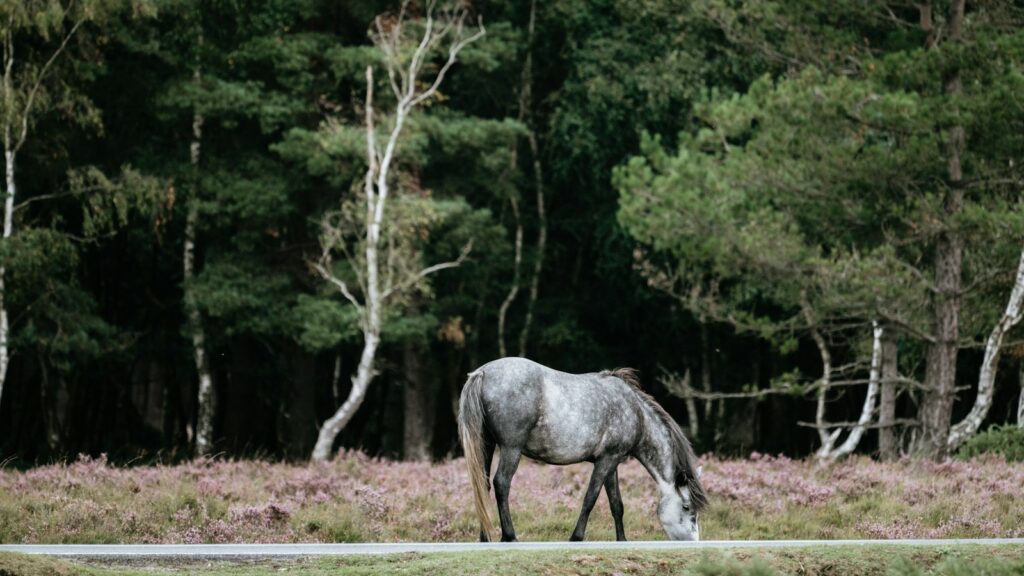
In conclusion, establishing proper feeding routines for your horse requires careful attention to their natural digestive physiology, individual needs, and environmental factors. By avoiding these common mistakes, you’ll help ensure your equine companion maintains optimal digestive health, appropriate weight, and overall well-being. Remember that feeding program adjustments should happen gradually, and when in doubt, consult with an equine veterinarian or qualified nutritionist. Your horse’s health and happiness depend significantly on the feeding management decisions you make every day.

